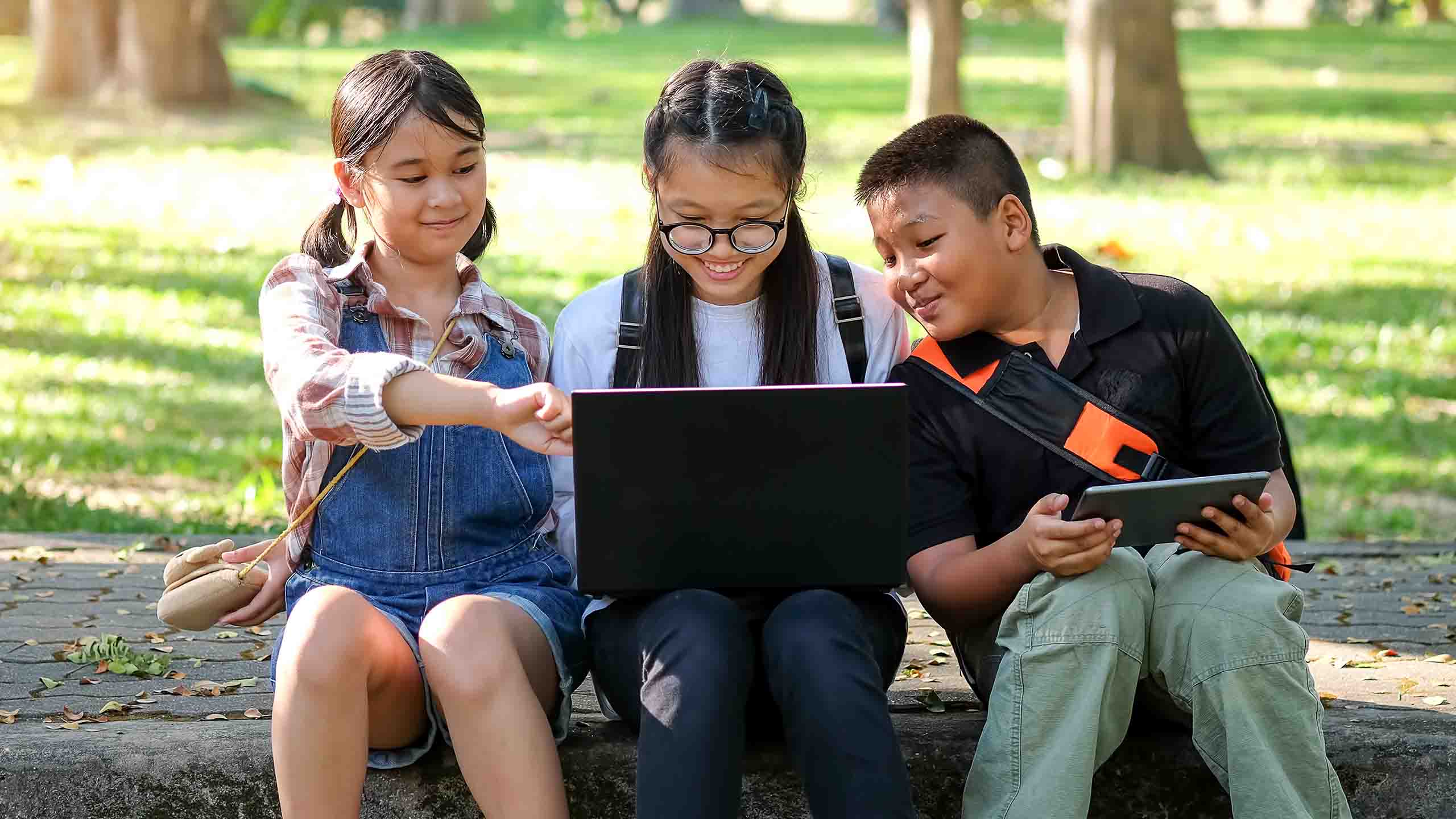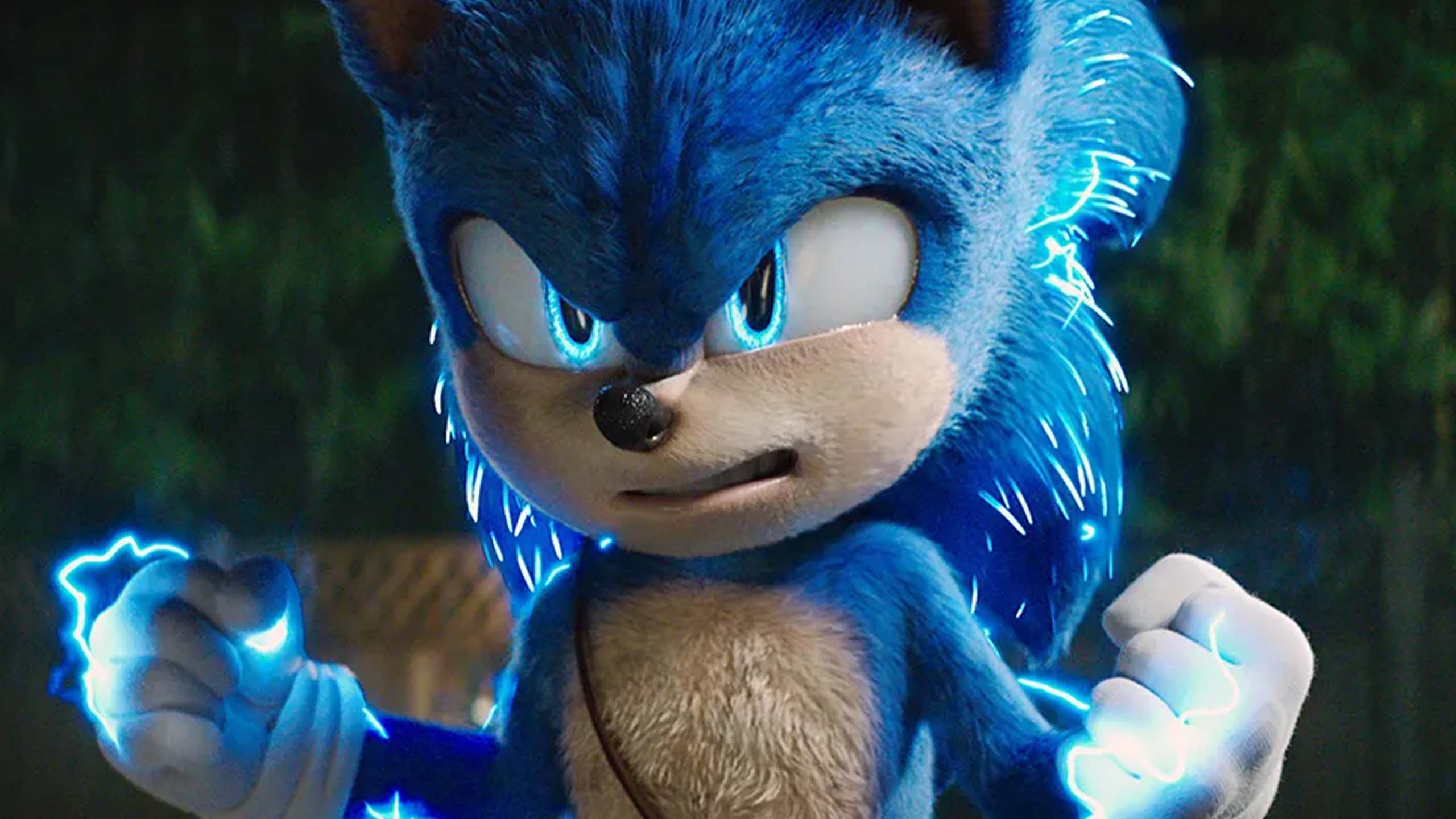Kids and Violence: What Influences Them And How To Curb It
How do kids learn about violence and why do they sometimes resort to it? This is why and how.
Sometimes, it’s hard for parents to believe that their kids can become violent creatures. Especially when they bully other kids or shoot up an entire school. It’s a bitter and hard pill to swallow. But the truth is, our kids can be exposed to all sorts of violence without us even knowing. Whether it’s physical violence or emotional violence, there are a lot that can lead to making kids more prone to be a perpetrator of violence.
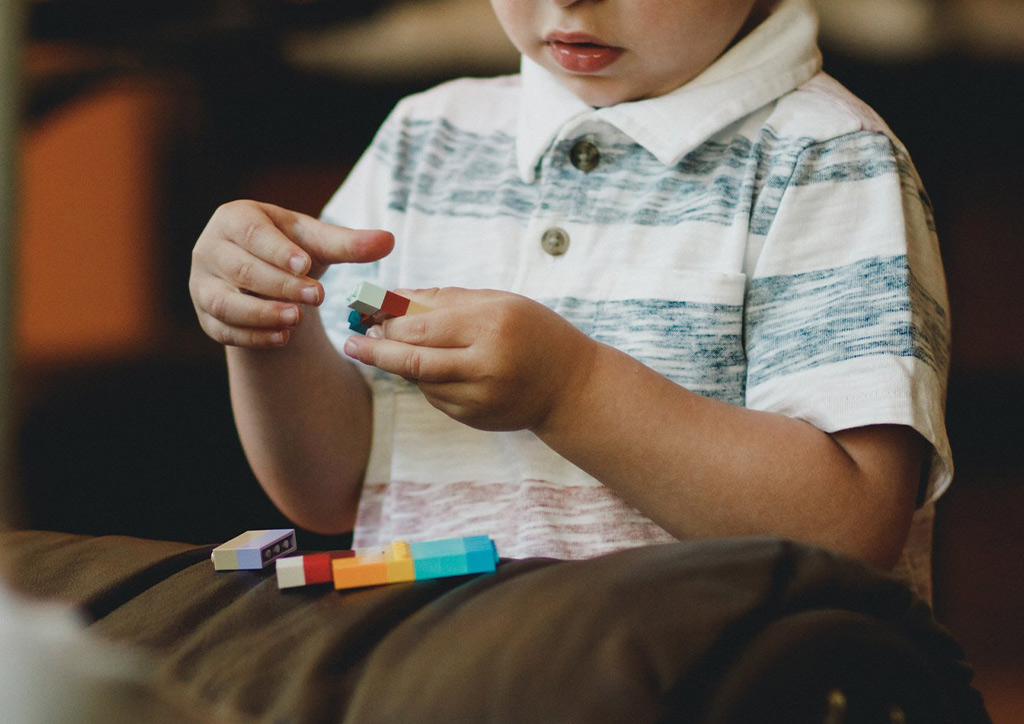
Understanding Violence in Kids
People sometimes become violent because of stress and a loss of control. The loss of control then forces them to take more drastic measures. Playing on the adage “nothing left to lose”, people engage in violence to even out the balance and reclaim the control that was taken away. For kids, they engage in violence out of fear and confusion—especially when it’s learned from a parent or media.
How Kids Learn and Normalize Violence: The Bobo Doll Experiment
The beloved Social Learning Theory we know many schools are trying to practice came from Albert Bandura’s attempt to prove this theory via the Bobo Doll experiment. After the adults started beating the doll, the kids did the same even though they saw the adult be nice to the Bobo Doll the first time. This experiment showed that kids don’t just learn good behaviors via mimicry. They learn the bad ones as well through the same method!
Where do they get it from?
A lot of studies are quick to point to media, especially video games. However, recent studies have shown that the level of influence depends on how much a child identifies with the character or person. Identification or the process of kids feeling like they are a certain character or person can affect how much of their behaviors they take on. This also means that they can get it from us, parents, especially when we spank them or resort to physical punishment. Their preference for violence may also occur after being bullied and left alone to process their grief.
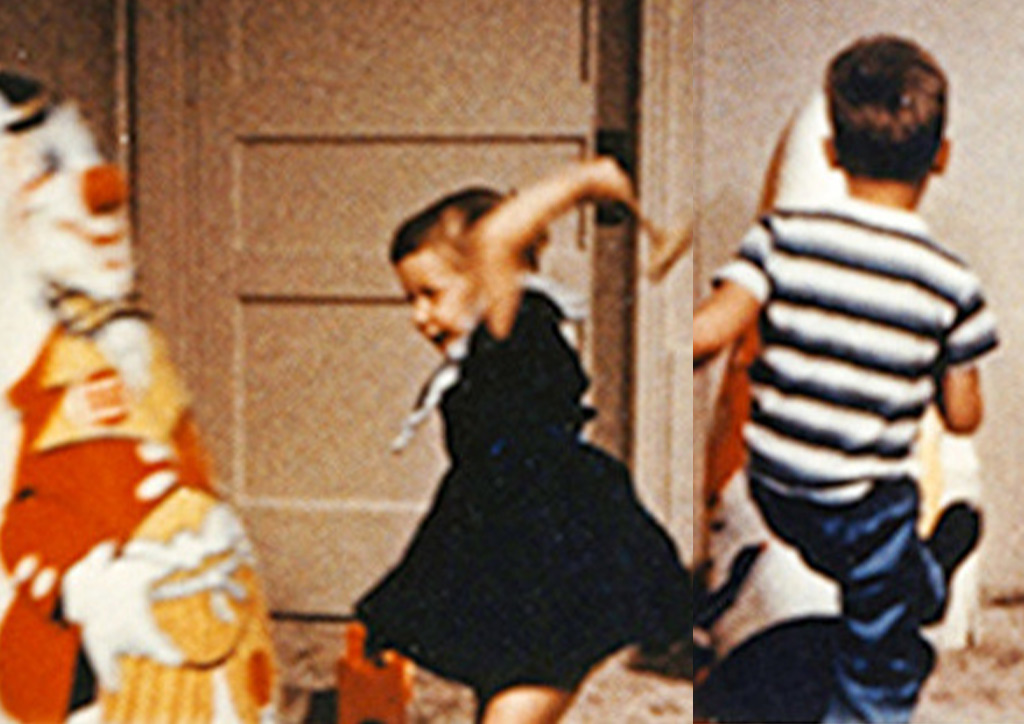
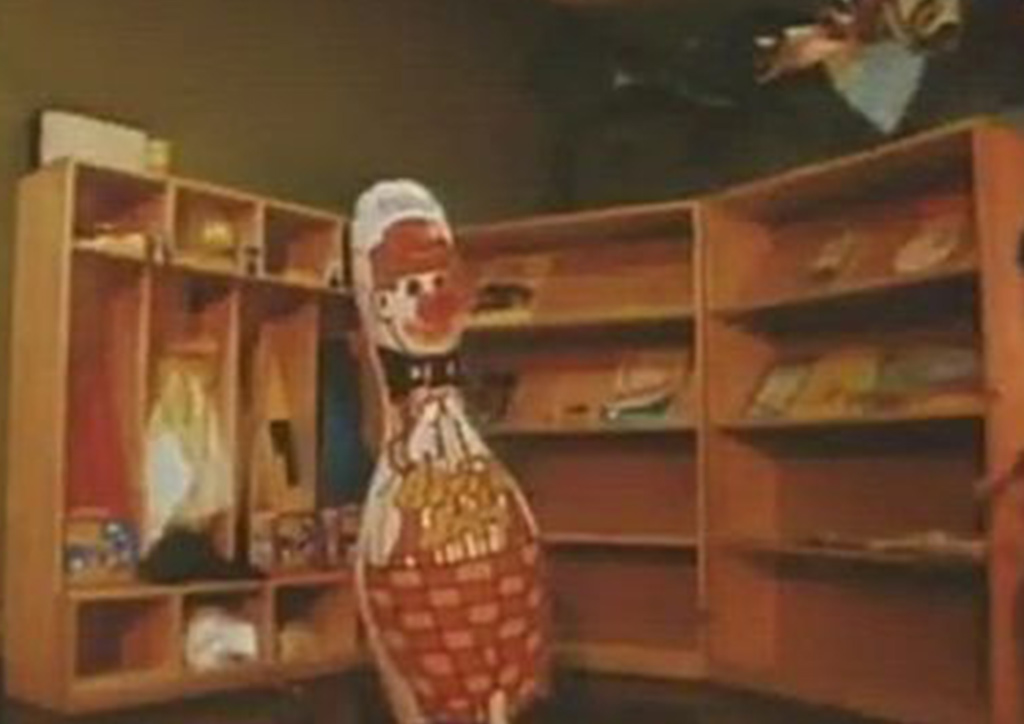
How To Curb Your Child’s Preference for Violence
Unfortunately, we can try to control the media they consume but they’re eventually going to see it anyway. What we can do however is help our kids process where and why some believe that violence is necessary. As parents, we need to do a little self-check ourselves. We know that violence is wrong but are we unknowingly teaching kids violence? Is it in the way we talk to them? Is it in the way we physically handle them?
Being mindful of our tone of voice and strength in our grip can help us teach our kids in the long run that violence isn’t the answer. Even controlling what comes out of our mouths helps. While there’s a little voice that tells us it’s okay to smack them, it’s not. It, unfortunately, doesn’t achieve much save for a short relief from releasing that fury.
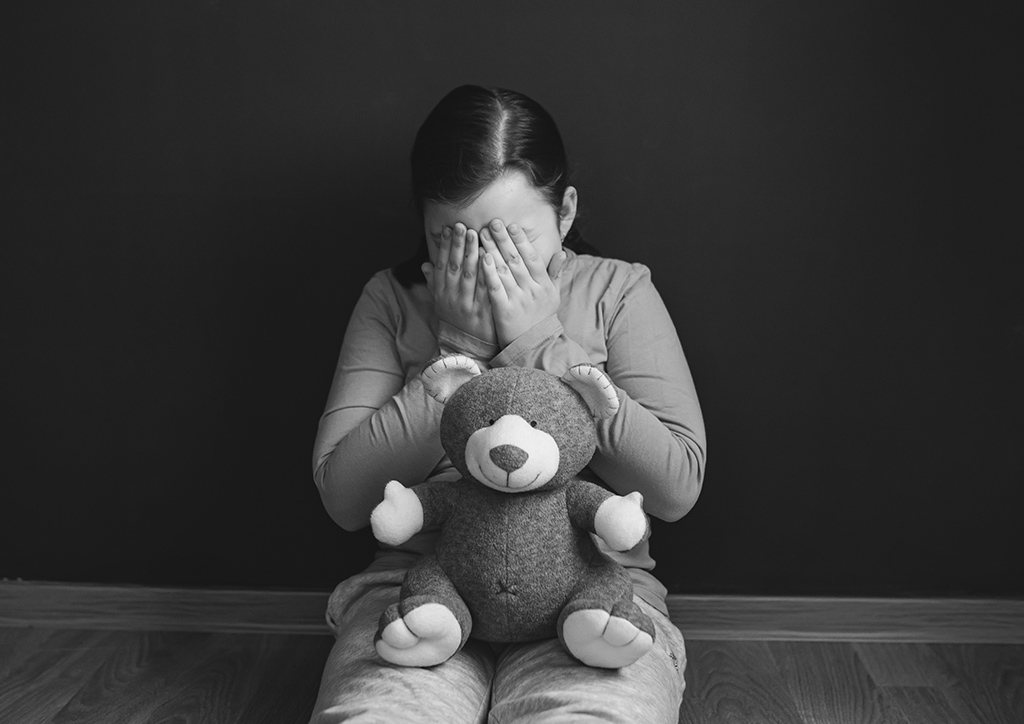
Violence is Never The Answer
We know this yet it’s sometimes easy to fall into this envelope because our rage has nowhere to go. While we know that our rage and violence are toward the mistake or action, our kids may not perceive it that way. They’ll see violence as a means to correct things. And being a parent means our kids will hold us an authority to what is correct even when we believe they have the common sense to know that violence is wrong.
Wondering what violence can do to our kids? Here are some situations that might happen!
This Is What Happens When You Spank Your Kids
Texas School Shooting 2022: “Enough Is Enough!”
Toddler Tantrums Driving You Crazy? These 5 Tricks Will Help You Deal







